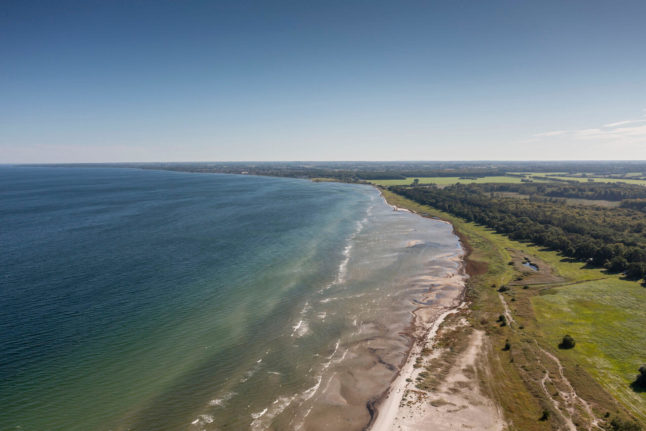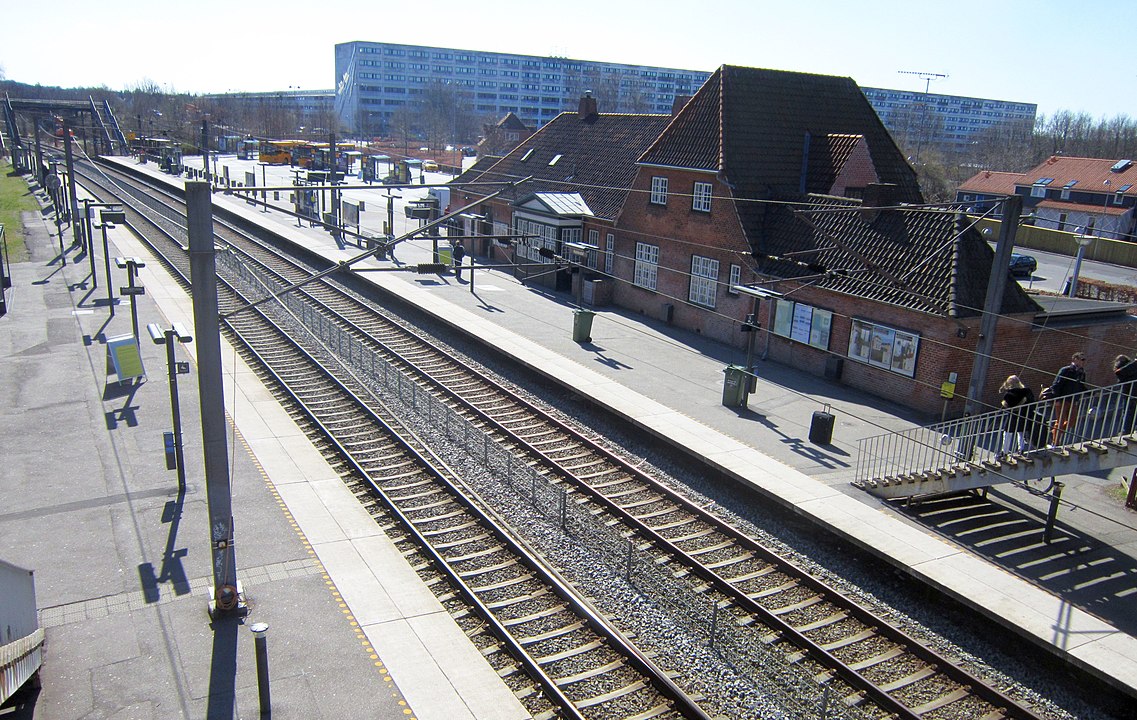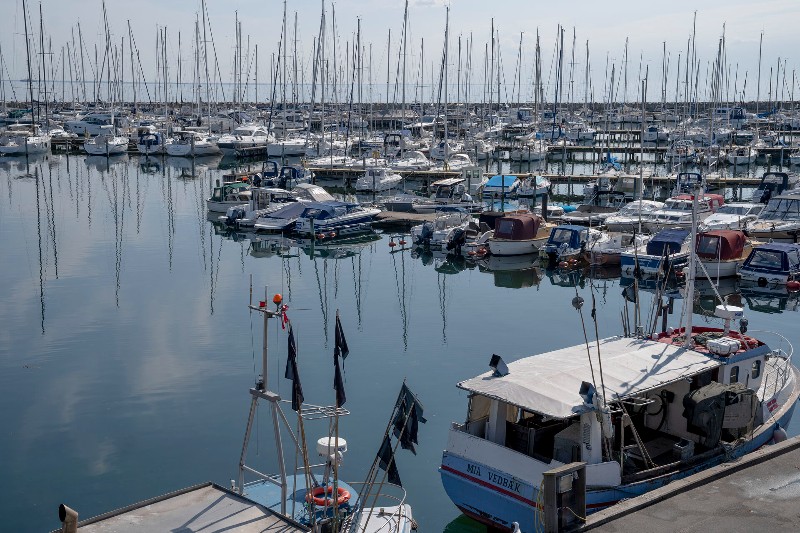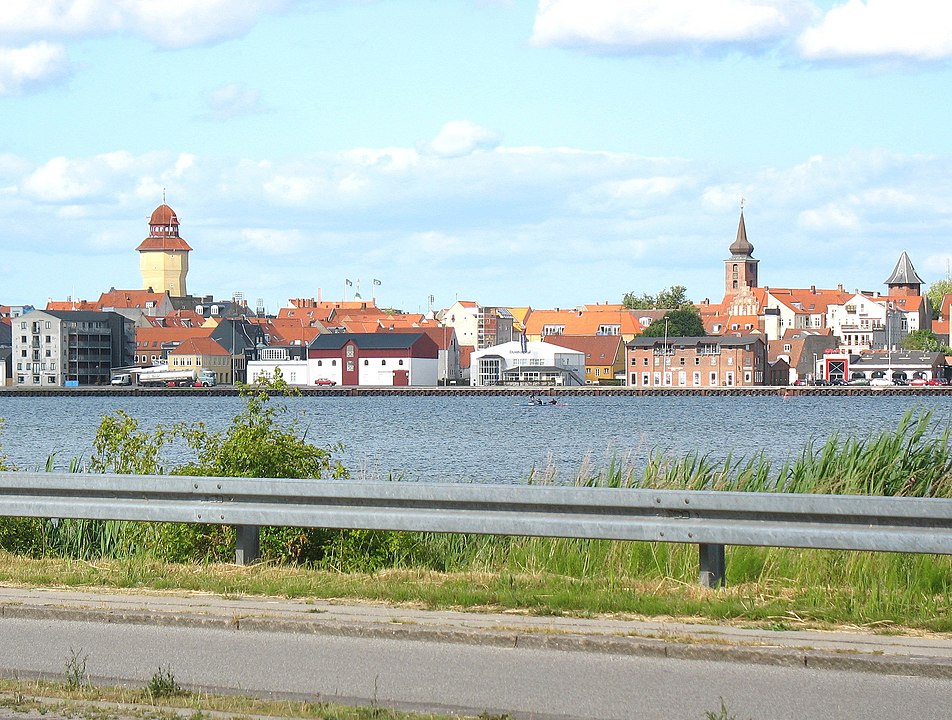Amateur runners in Denmark and abroad can step up their winter training for this year’s Copenhagen Marathon in the knowledge that they will be competing as part of a capacity field of 15,000, after the event sold out for the first time ever.
A rebrand in 2023 and more noticeable marketing, including participation by influencers on social media such as Instagram and YouTube, appears to have paid off for the event, which is organised by Copenhagen athletic club Sparta Atletik og Løb.
The marathon, which first took place in 1980 with 995 runners, has undergone several changes in recent years after two consecutive cancellations due to Covid-19 in 2020 and 2021.
The rebrand saw new colours and slogans appear on the event’s online presence in 2023. The same year, a new route was introduced with the start and finish area moving from harbour area Islands Brygge to Øster Allé near Fælledparken on Østerbro – a more spacious, grassy area close to Sparta’s headquarters.
Organisers have chosen an earlier date for the event, perhaps in the hope of cooler conditions more optimal for fast finishing times. Previously taking place on the third weekend in May, this year’s Copenhagen Marathon is scheduled for May 5th.
Social media updates showed registrations, which cost 800 kroner, reach 10,000 in December and 12,000 on January 7th. The last 3,000 entries were therefore sold in just two days.
“It’s huge for us that Copenhagen Marathon can say we’re sold out – not least four months before the race,” Sparta CEO Dorte Vibjerg said in a press statement.
Sparta organises a number of large scale running events in Copenhagen including the Copenhagen/Frederiksberg Royal Run and the CPH Half, both of which are also sold out in 2024.
“We are seeing a high demand for our races. We are very pleased about this and are convinced that the interest will be followed up on,” Vibjerg said.
“We go out of our way to listen to participants, evaluate thoroughly and always optimise our races to ensure the best possible experience for all,” she said.






 Please whitelist us to continue reading.
Please whitelist us to continue reading.
Member comments